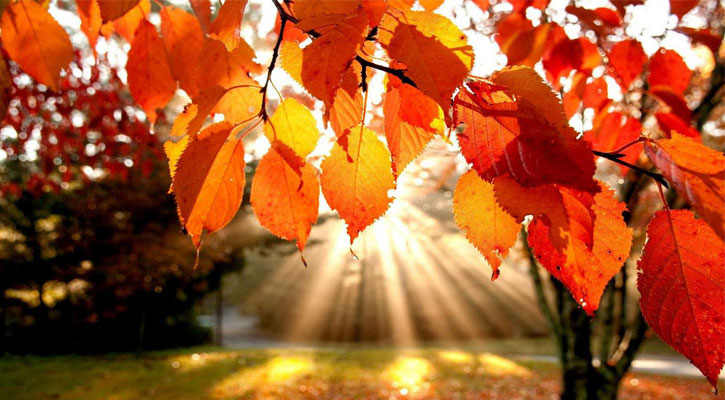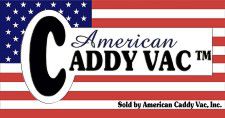 Fall is officially here! The change of season not only brings cooler weather, apple picking, and pumpkin carving — it also brings a whole new list of home maintenance to-dos for homeowners. Leaves to rake. Firewood to cut. Gutters to clean. Chimneys to sweep. Lawns to winterize. And more!
Fall is officially here! The change of season not only brings cooler weather, apple picking, and pumpkin carving — it also brings a whole new list of home maintenance to-dos for homeowners. Leaves to rake. Firewood to cut. Gutters to clean. Chimneys to sweep. Lawns to winterize. And more!
As Mother Nature ushers in seasonal changes, and we start to head indoors, the quality of our indoor air becomes more important than ever. And in 2020 – the year we all hope to put behind us soon – remote work and education have forced us to spend even more time in our homes.
The fall season is the perfect time to get your home’s air ducts cleaned. Read on for a few reasons why:
Improved Indoor Air Quality
Your heating and cooling system is the lungs of your home, and the bottom line is that air duct cleaning improves indoor air quality! According to the EPA, the average person spends about 90% of their time indoors, and with dropping temperatures right around the corner, we’ll soon be huddled inside under blankets with the windows closed and the heat blasting or fireplace burning. Over time, dust, soot, dander, and other indoor air pollutants will accumulate in our home’s air ducts. Plus, all that polluted air will be recirculated throughout your home every time the furnace kicks on.
By getting your air ducts cleaned in the fall, you’re taking the steps to ensure that you and your family are not breathing in those pollutants all winter.
Increased Energy Efficiency and Savings
Contaminants in your home’s heating and cooling system cause it to work harder, and ultimately shorten the life of your system. Even with proper use of filters, the heating and cooling system gets dirty through normal, everyday use. When an HVAC system is clean, it doesn’t have to work as hard to maintain the temperature you desire. As a result, less energy is used, leading to lower electric bills.
According to the U.S. Department of Energy, families can cut their energy bill by as much as 20% or 30% by simply doing proper HVAC system maintenance, including air duct cleaning. By having your home’s air ducts cleaned in the fall, you can benefit from increased energy efficiency and save more on your electricity bill.
Reduced Allergy Symptoms
Summer may be over, but that doesn’t mean the end of your allergy symptoms. Did you know that fall can be extremely bothersome for allergy sufferers? The biggest culprit? Ragweed. According to the American College of Allergy, Asthma, and Immunology (ACAAI), ragweed usually starts to release pollen in August, when the days are still warm and the nights start getting cooler; and can last well into September and October. Even if ragweed doesn’t grow where you live, ragweed pollen can travel for hundreds of miles in the wind. Yikes!
Mold is another fall allergy trigger. While we know that mold can grow in damp areas in the house, mold spores also love wet spots outside. Piles of damp leaves and decaying plants are ideal breeding grounds for mold. All that mold can easily enter your home.
And then there are those pesky dust mites that can get stirred up in the air the first time you turn on your heat, triggering sneezing, wheezing, and runny noses.
Allergy sufferers should take extra precautions to avoid a spike in their symptoms during the autumn season, when the allergens mentioned above can enter homes and then circulate throughout the home, including the air ducts, potentially causing all sorts of health issues.
Ready to Get Started?
Convinced that it’s time to get your air ducts cleaned? While we all want our families to breathe clean, healthy air, cleaning your home’s air ducts isn’t something you should ever attempt on your own. It’s a complex process that requires advanced knowledge of HVAC systems, as well as specialized tools.
When you’re ready to tackle those air ducts, make sure you choose a qualified contractor to ensure the job is done right – one who is certified for the task. NADCA members have technicians on staff with advanced training and certification in HVAC system cleaning. Check NADCA.com for a contractor near you!
(Reprinted with permission from NADCA.com)
